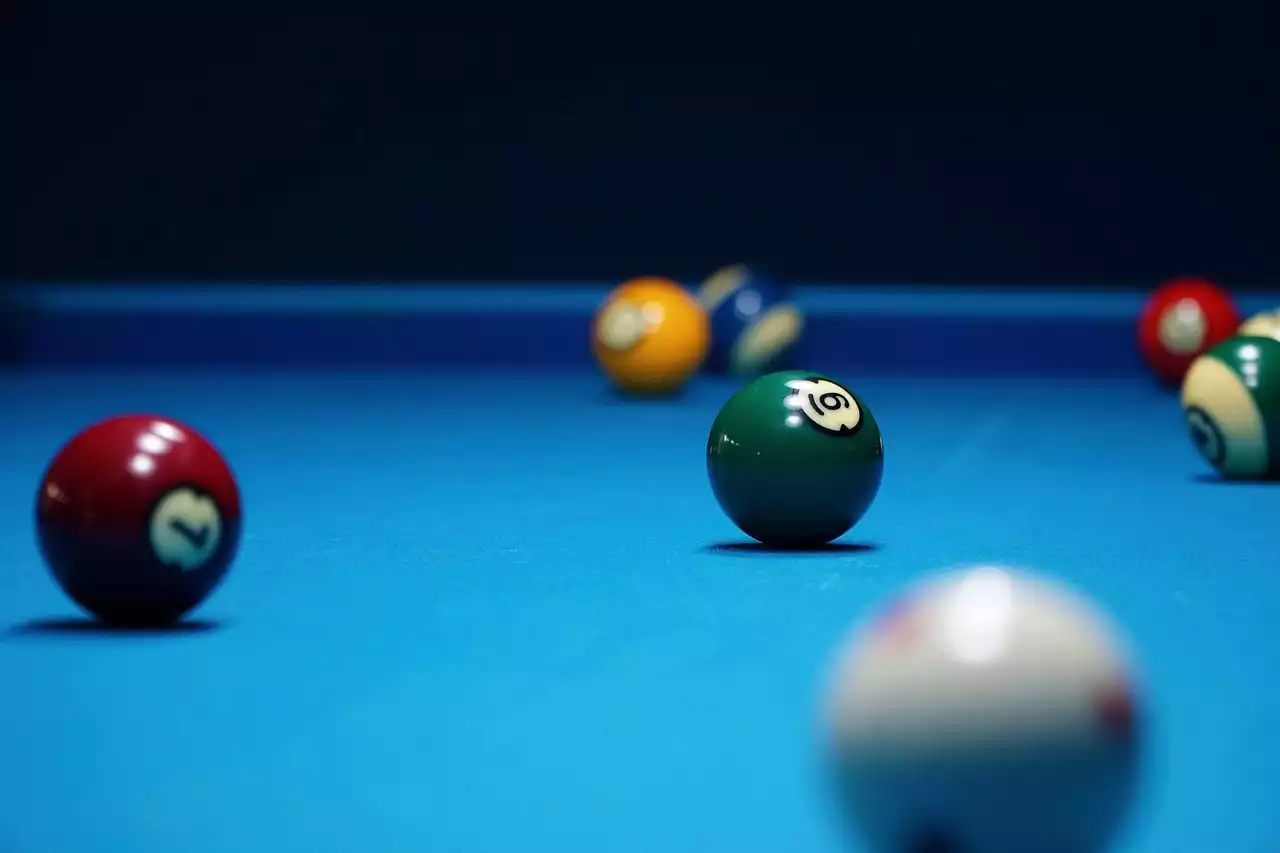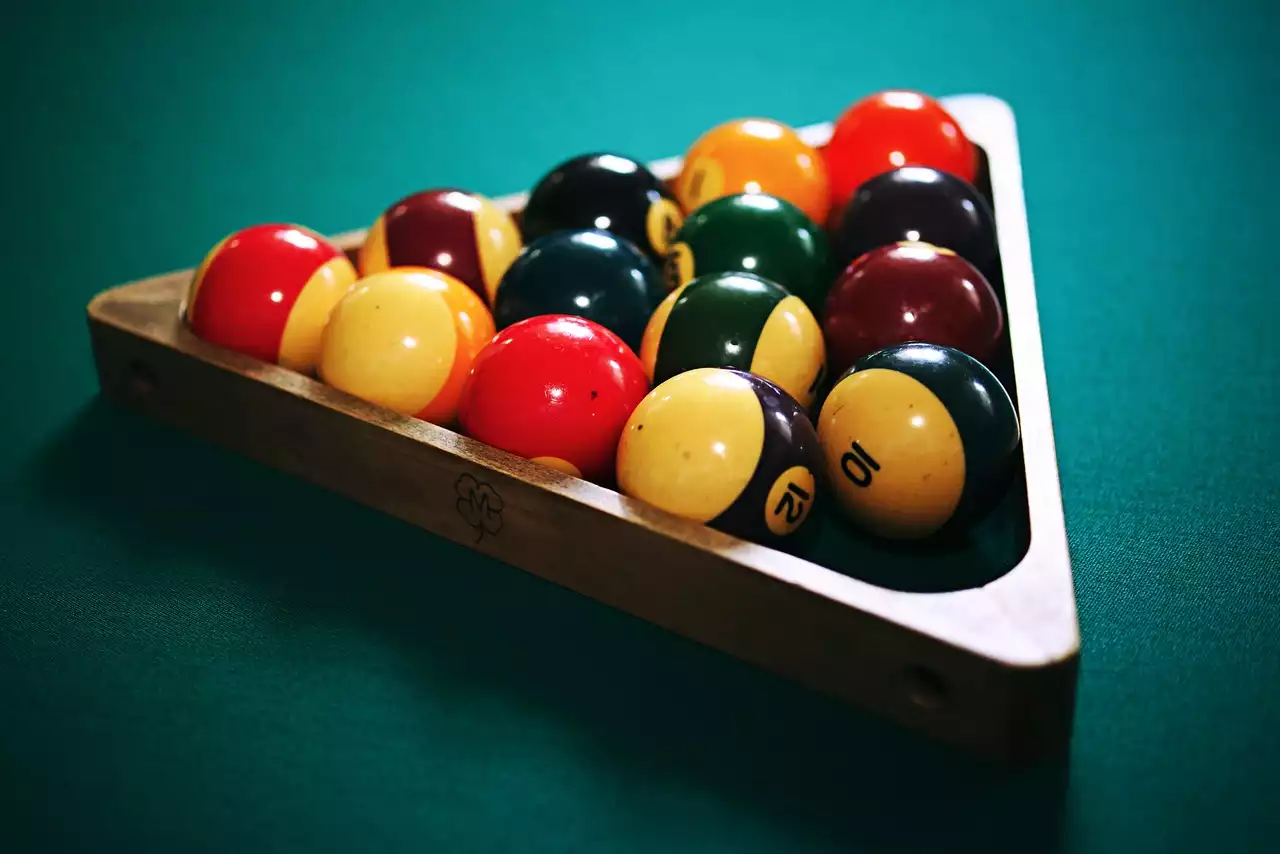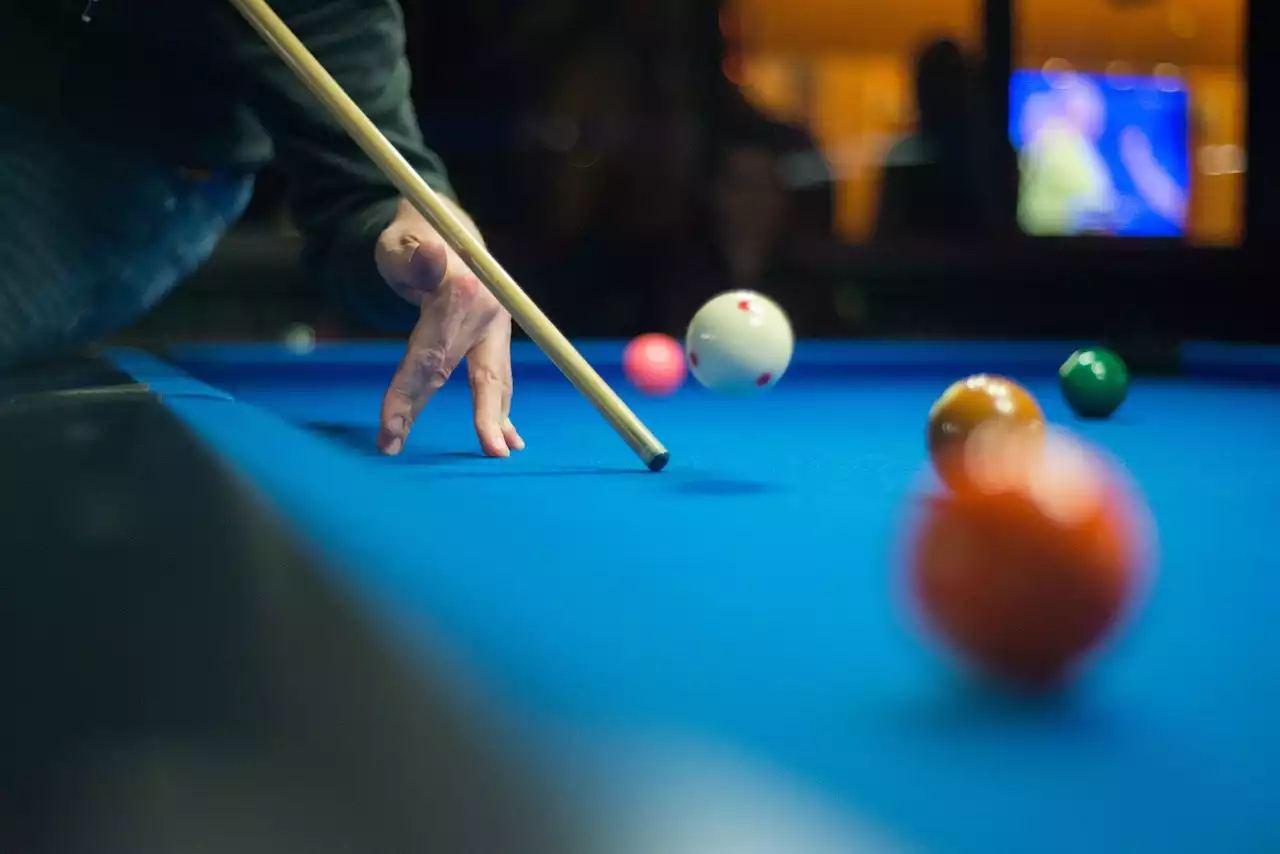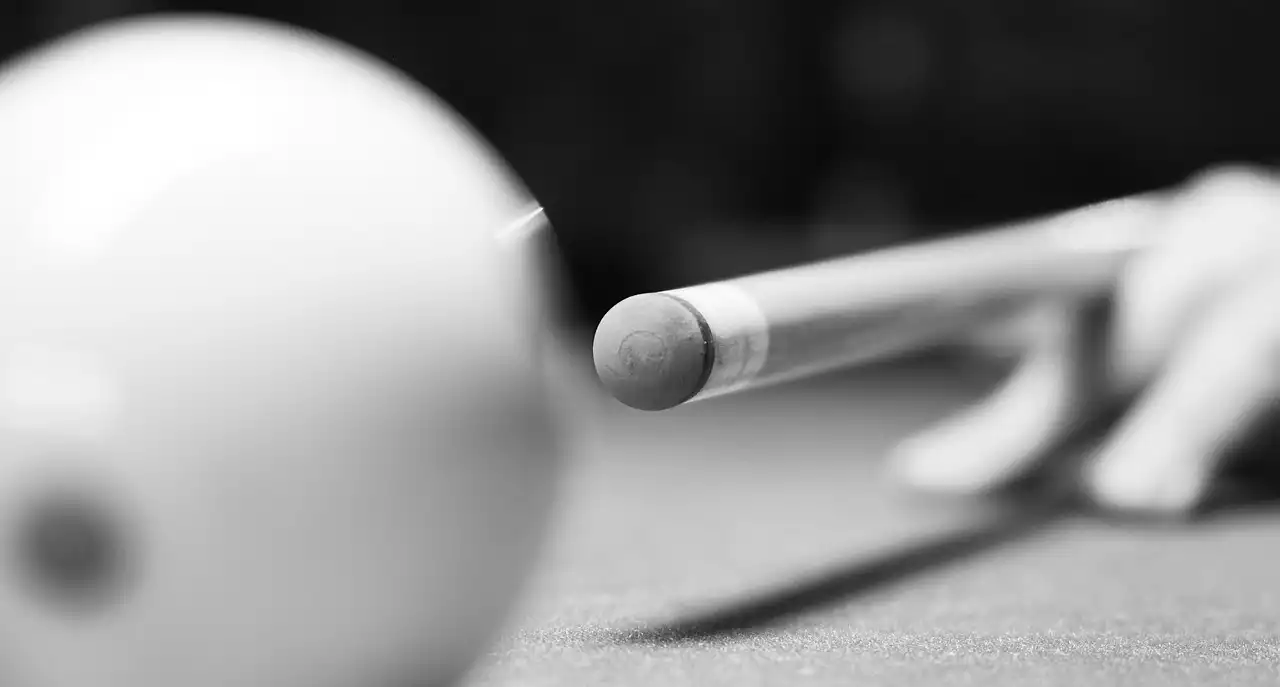Importance of Proper Stance in Pool
The stance is the foundation of every pool shot. It provides the stability and balance necessary for a smooth stroke. The correct stance will help you maintain your body's center of gravity, allowing you to deliver the cue with accuracy and power. It also helps you to aim accurately and avoid any unwanted movements that may affect the trajectory of the cue ball.
To achieve a proper stance, start by standing with your feet shoulder-width apart, with your weight evenly distributed between your feet. Your front foot should be slightly more forward than your back foot. Keep your knees slightly bent, and your body relaxed. Your head should be level, and your eyes should be focused on the object ball.
Once you've found a comfortable stance, practice it repeatedly until it becomes second nature. A consistent stance will help you develop muscle memory, which is essential for successful pool shots.
The Role of Grip in Pool
The grip is another crucial element of a successful pool shot. It allows you to control the cue ball with precision and accuracy, giving you the ability to make subtle adjustments to the ball's spin and speed. There are several different types of grip, each with its own advantages and disadvantages.
The most common types of grip include the closed bridge grip, the open bridge grip, and the loop bridge grip. The closed bridge grip involves placing the thumb on the cue, with the index finger and middle finger wrapped around the cue. The open bridge grip involves using the index finger and middle finger to form a bridge, with the cue resting on top. The loop bridge grip involves creating a loop with the index finger and thumb, with the cue resting on top.
Regardless of the type of grip you choose, it's essential to maintain a firm grip on the cue while remaining relaxed. A tense grip can lead to unwanted movements and a loss of control over the cue ball.
Different Types of Grip
There are several different types of grip you can use in pool, each with its own advantages and disadvantages. The most common types of grip include the closed bridge grip, the open bridge grip, and the loop bridge grip.
The closed bridge grip involves placing the thumb on the cue, with the index finger and middle finger wrapped around the cue. This grip provides a stable platform for the cue, allowing for greater accuracy and control. It's also useful for shots that require a lot of spin.
The open bridge grip involves using the index finger and middle finger to form a bridge, with the cue resting on top. This grip is great for long shots and provides a smooth, even stroke. It's also useful for shots that require less spin or English.
The loop bridge grip involves creating a loop with the index finger and thumb, with the cue resting on top. This grip is ideal for jump shots and other shots that require a lot of elevation. It's also useful for shots that require a lot of spin or English.
Tips for Improving Your Grip
Improving your grip is essential for developing a consistent, accurate stroke. Here are some tips for improving your grip:
1. Practice your grip regularly. The more you practice, the more comfortable you'll become with your grip.
2. Experiment with different types of grip to find the one that works best for you.
3. Keep your grip relaxed. A tense grip can lead to unwanted movements and a loss of control over the cue ball.
4. Use your non-dominant hand to support the cue. This will help to keep your grip steady and ensure a smooth stroke.
The Basics of Bridge in Pool
The bridge is another essential element of a successful pool shot. It provides the necessary support for your cue and ensures a smooth, straight shot. There are several different types of bridge, each with its own advantages and disadvantages.
The most common types of bridge include the closed bridge, the open bridge, and the rail bridge. The closed bridge involves resting the cue on the index finger, with the thumb and middle finger supporting the cue. The open bridge involves placing the index finger and middle finger on the table, with the cue resting on top. The rail bridge involves resting the cue on the edge of the table or rail, with the hand providing support.
Regardless of the type of bridge you choose, it's essential to maintain a stable and even bridge that provides a smooth surface for the cue. A wobbly or uneven bridge can lead to unwanted movements and a loss of control over the cue ball.
Different Types of Bridge
There are several different types of bridge you can use in pool, each with its own advantages and disadvantages. The most common types of bridge include the closed bridge, the open bridge, and the rail bridge.
The closed bridge involves resting the cue on the index finger, with the thumb and middle finger supporting the cue. This bridge provides a stable platform for the cue, allowing for greater accuracy and control. It's also useful for shots that require a lot of spin or English.
The open bridge involves placing the index finger and middle finger on the table, with the cue resting on top. This bridge is great for long shots and provides a smooth, even stroke. It's also useful for shots that require less spin or English.
The rail bridge involves resting the cue on the edge of the table or rail, with the hand providing support. This bridge is useful for shots where the cue ball is close to the rail, or when you need to elevate the cue.
Tips for Improving Your Bridge Technique
Improving your bridge technique is essential for developing a consistent, accurate stroke. Here are some tips for improving your bridge technique:
1. Practice your bridge regularly. The more you practice, the more comfortable you'll become with your bridge.
2. Experiment with different types of bridge to find the one that works best for you.
3. Keep your bridge stable and even. A wobbly or uneven bridge can lead to unwanted movements and a loss of control over the cue ball.
4. Use your non-dominant hand to support your bridge hand. This will help to keep your bridge steady and ensure a smooth stroke.
Next Steps for Improving Your Pool Game
Now that you have a better understanding of the fundamental techniques of stance, grip, and bridge, it's time to put them into practice. Start by focusing on one technique at a time, and don't be afraid to experiment with different approaches to find what works best for you.
In addition to mastering these fundamental techniques, there are several other steps you can take to improve your pool game. These include practicing regularly, studying the game and its strategies, and seeking out the advice of more experienced players.
By combining these techniques with a dedication to practice and improvement, you'll be well on your way to becoming a successful pool player. So, keep practicing, keep learning, and enjoy the game!




